How Do Hidden Camera Detectors Work?
In today's world, privacy is a growing concern, especially with the increasing prevalence of hidden cameras. Whether in hotel rooms, rental properties, or public restrooms, the fear of being secretly recorded is real. This has led to a surge in demand for hidden camera detectors. But how do these devices work? In this article, we will delve into the mechanics of hidden camera detectors, exploring the technology behind them, their effectiveness, and practical tips for using them.
Understanding Hidden Camera Detectors
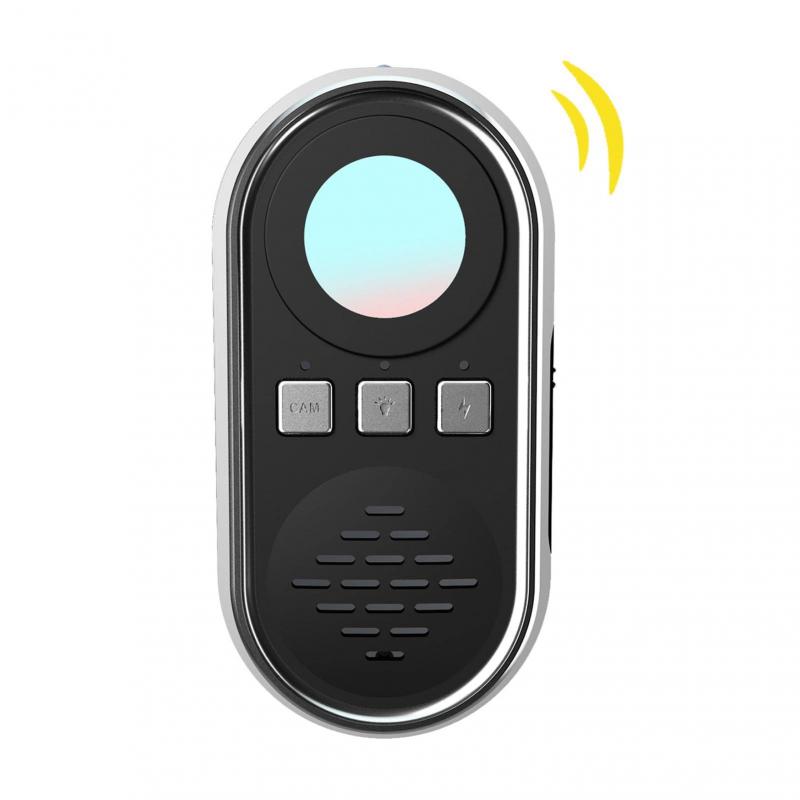
Hidden camera detectors are devices designed to identify and locate hidden cameras. These detectors come in various forms, from handheld gadgets to smartphone apps. The primary function of these devices is to detect the presence of cameras, whether they are on or off. There are two main types of hidden camera detectors: RF (Radio Frequency) detectors and lens detectors.
RF Detectors
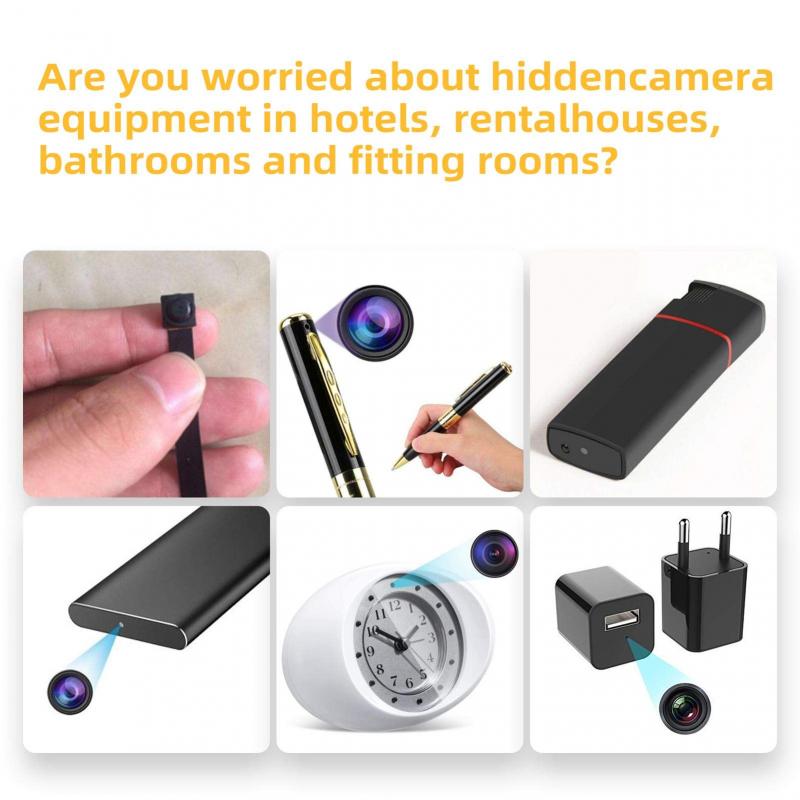
RF detectors are designed to pick up the radio frequencies emitted by wireless cameras. Most hidden cameras transmit video signals to a remote location, and these signals can be detected by an RF detector. Here's how they work:
1. Scanning for Frequencies: RF detectors scan a range of frequencies commonly used by wireless cameras. When the detector picks up a signal within this range, it alerts the user.
2. Signal Strength Indicator: Many RF detectors come with a signal strength indicator, which helps the user pinpoint the location of the hidden camera. The closer the detector gets to the camera, the stronger the signal.
3. Adjustable Sensitivity: Some RF detectors allow users to adjust the sensitivity, making it easier to detect cameras in different environments.
While RF detectors are effective at finding wireless cameras, they may not be as useful for detecting wired cameras or cameras that are not actively transmitting.
Lens Detectors
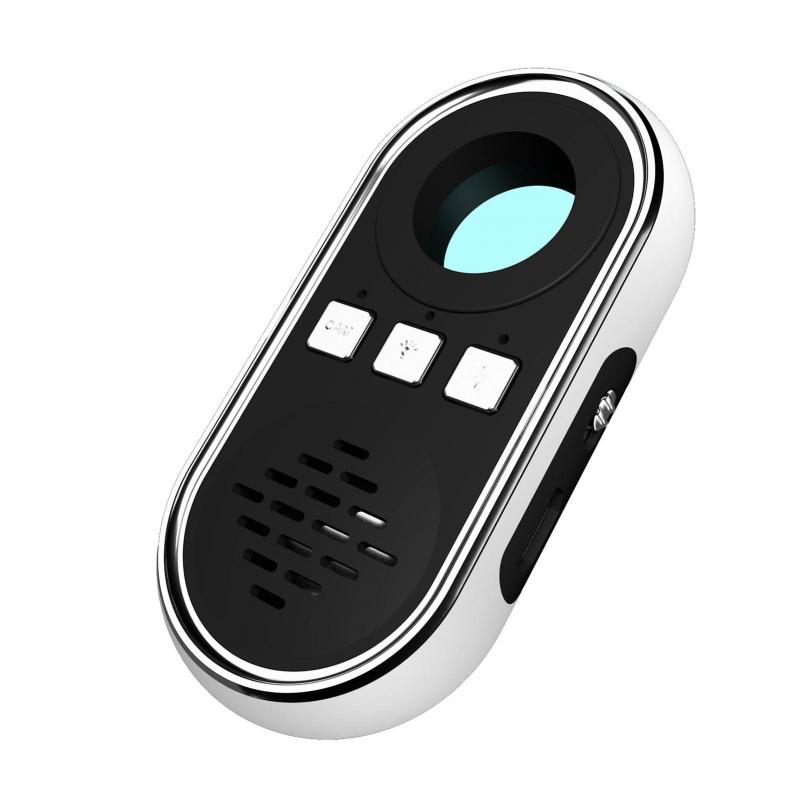
Lens detectors, on the other hand, are designed to locate the lens of a hidden camera. These detectors use a combination of light and reflection to identify camera lenses. Here's how they work:
1. Emitting Light: Lens detectors emit a specific type of light, often infrared or red light.
2. Reflection Detection: When this light hits a camera lens, it reflects back to the detector. The user can then see the reflection through a viewfinder or on a screen.
3. Scanning the Area: To use a lens detector, the user scans the area, looking for any reflections that indicate the presence of a camera lens.
Lens detectors are effective at finding both wired and wireless cameras, as well as cameras that are turned off. However, they require a bit more effort and attention to detail from the user.
Effectiveness of Hidden Camera Detectors
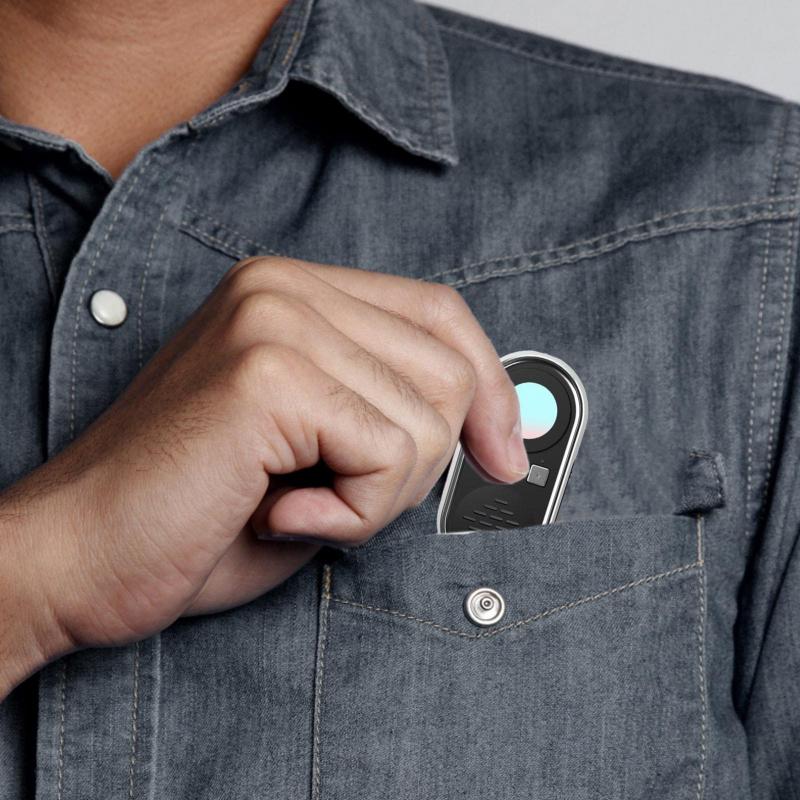
The effectiveness of hidden camera detectors depends on several factors, including the type of detector, the environment, and the user's familiarity with the device. Here are some key points to consider:
1. Type of Detector: As mentioned earlier, RF detectors are great for finding wireless cameras, while lens detectors can locate both wired and wireless cameras. Choosing the right type of detector for your needs is crucial.
2. Environment: The environment in which you are searching for hidden cameras can impact the effectiveness of the detector. For example, RF detectors may struggle in areas with a lot of electronic interference, while lens detectors may have difficulty in brightly lit or cluttered spaces.
3. User Familiarity: Like any tool, hidden camera detectors require some practice to use effectively. Users should familiarize themselves with the device's features and practice scanning different environments to improve their detection skills.
Practical Tips for Using Hidden Camera Detectors
To maximize the effectiveness of hidden camera detectors, here are some practical tips:
1. Understand Your Device: Before using a hidden camera detector, take the time to read the manual and understand how it works. Familiarize yourself with the different settings and features.
2. Conduct a Thorough Scan: When scanning a room, be methodical. Start from one corner and work your way around the room, paying close attention to common hiding spots such as smoke detectors, air vents, and electrical outlets.
3. Check Unusual Objects: Hidden cameras can be disguised as everyday objects, such as alarm clocks, picture frames, or even power adapters. Be sure to inspect any unusual or out-of-place items.
4. Use Multiple Detectors: For the best results, consider using both an RF detector and a lens detector. This will increase your chances of finding hidden cameras, regardless of their type or status.
5. Practice Regularly: Like any skill, detecting hidden cameras takes practice. Regularly practice scanning different environments to improve your detection abilities.
Addressing Common Concerns
While hidden camera detectors are valuable tools, they are not foolproof. Here are some common concerns and how to address them:
1. False Positives: RF detectors can sometimes pick up signals from other electronic devices, leading to false positives. To minimize this, turn off or unplug other electronic devices in the area before scanning.
2. Hidden Cameras Without RF Signals: Some hidden cameras do not transmit RF signals, making them harder to detect with an RF detector. This is where a lens detector can be particularly useful.
3. User Error: Inexperienced users may struggle to effectively use hidden camera detectors. To overcome this, practice regularly and consider seeking guidance from more experienced users or professionals.
In an age where privacy is increasingly under threat, hidden camera detectors offer a valuable line of defense. By understanding how these devices work and following practical tips for their use, individuals can better protect themselves from unwanted surveillance. Whether you are a frequent traveler, a renter, or simply someone concerned about privacy, investing in a hidden camera detector and learning how to use it effectively can provide peace of mind and enhance your personal security.

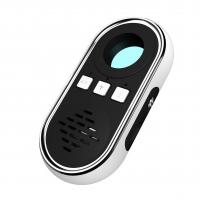
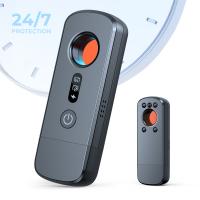

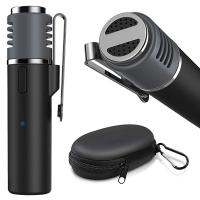
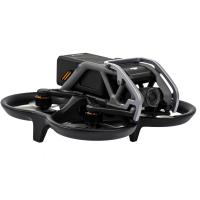
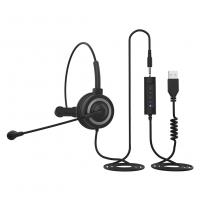
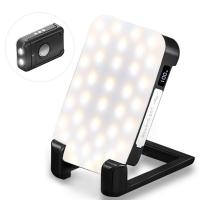
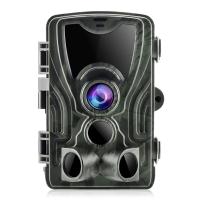
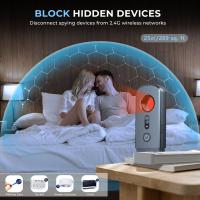
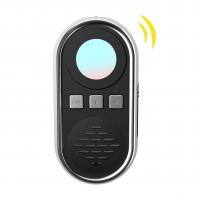
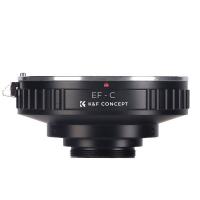
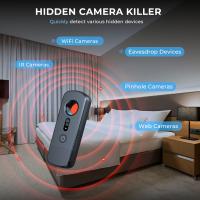

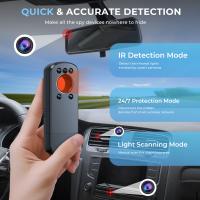



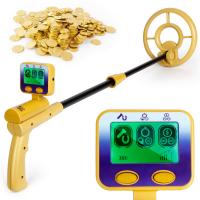
There are no comments for this blog.